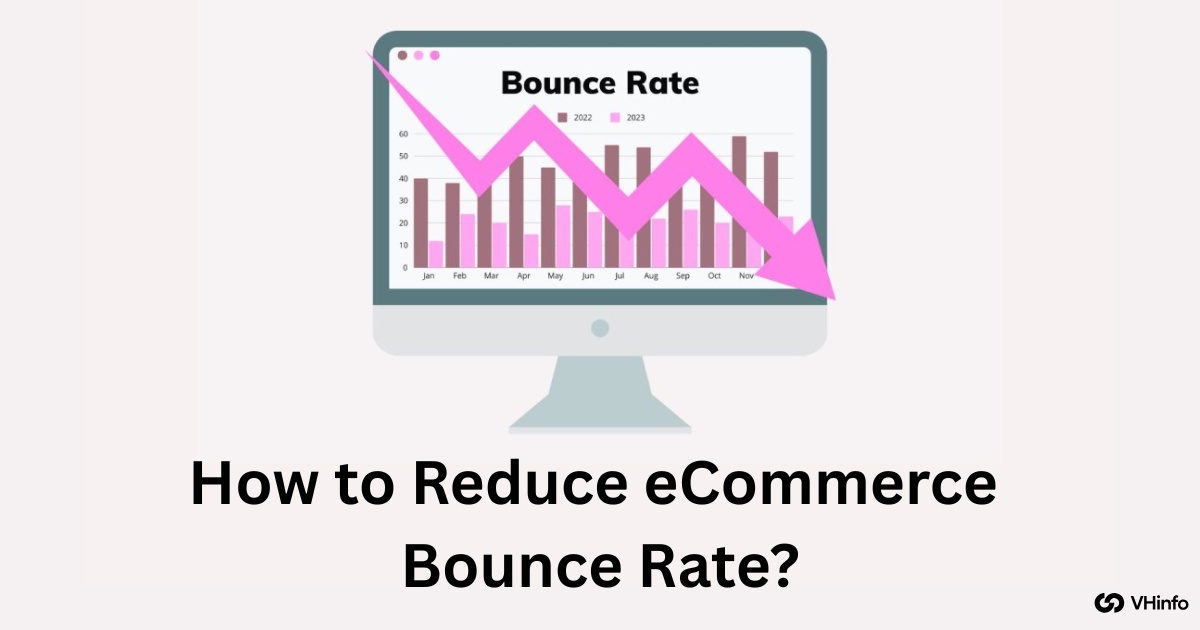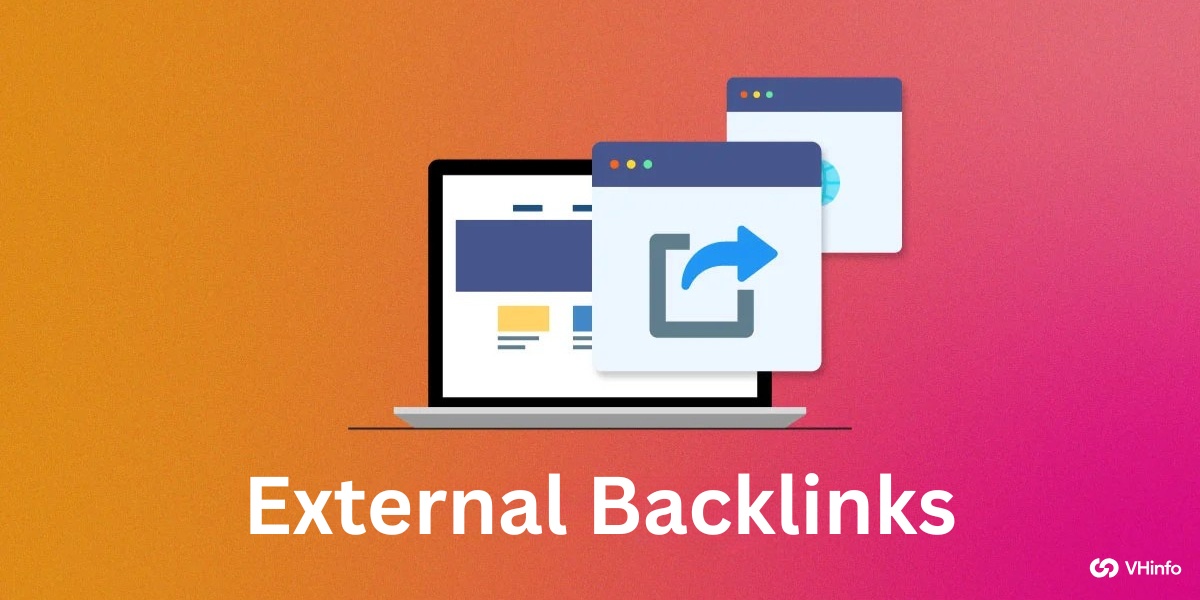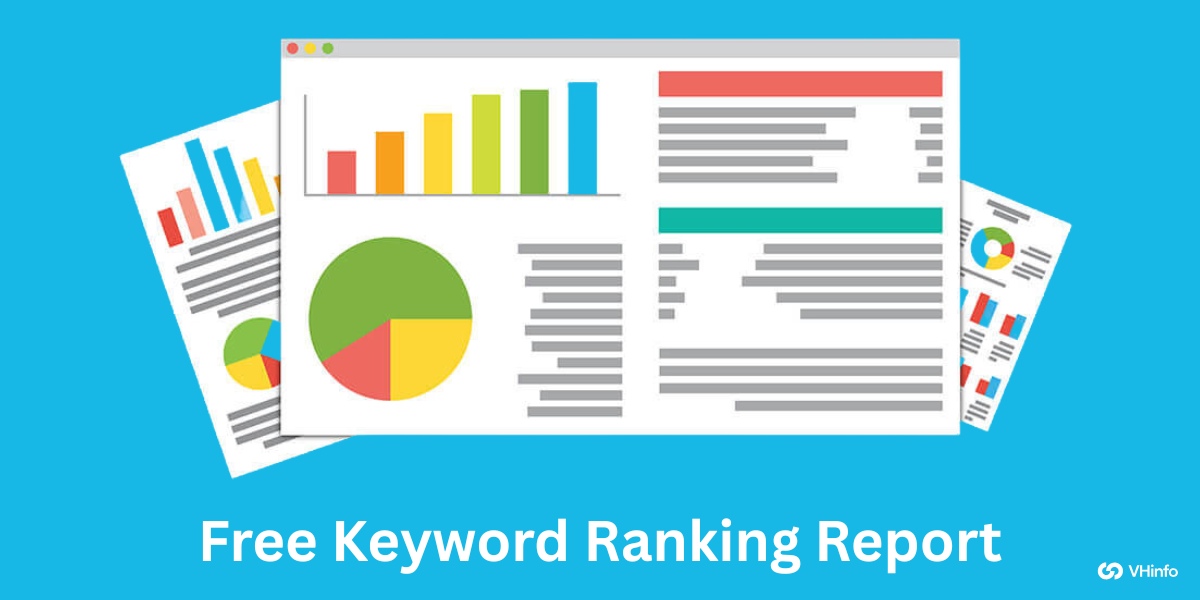Website success in ecommerce depends on keeping visitors engaged and guiding them toward making purchases.
One key metric that shows how well your ecommerce store performs is your bounce rate. When visitors leave your website after viewing only one page, it signals missed opportunities for sales and customer engagement.
The average ecommerce bounce rate sits between 45% to 47%, with some studies showing rates as high as 48.4% on desktop and 48.8% on mobile devices. For ecommerce businesses, anything above 50% typically needs improvement, while rates below 35% are considered good.
At VH Info, we help SaaS companies build quality links that drive engaged traffic to their websites. Through our work with clients, we’ve seen how bounce rate reduction strategies can significantly improve both user experience and search rankings.
This guide will show you exactly how to reduce bounce rate ecommerce sites face and turn more visitors into customers.
What is Bounce Rate?
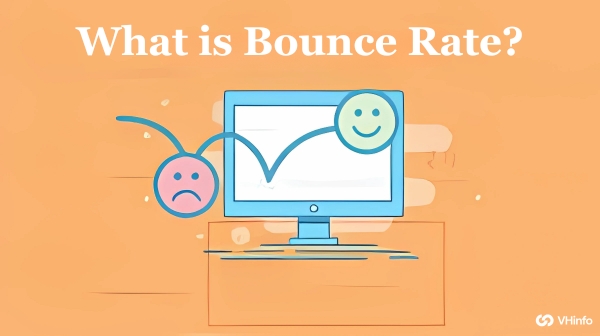
Bounce rate measures the percentage of site visitors who leave your website after viewing only one page. Think of it like customers walking into your physical store, taking a quick look around, and immediately leaving without buying anything or exploring further.
Google Analytics calculates bounce rate by dividing single-page sessions by total visits. For example, if 100 people visit your ecommerce store and 45 leave after viewing just one page, your bounce rate is 45%.
In Google Analytics 4, bounce rate measures single-page sessions that last less than 10 seconds with no interactions. This updated definition makes the metric more useful since it accounts for time spent and engagement, not just page views.
Why Is Bounce Rate Important For E-commerce?
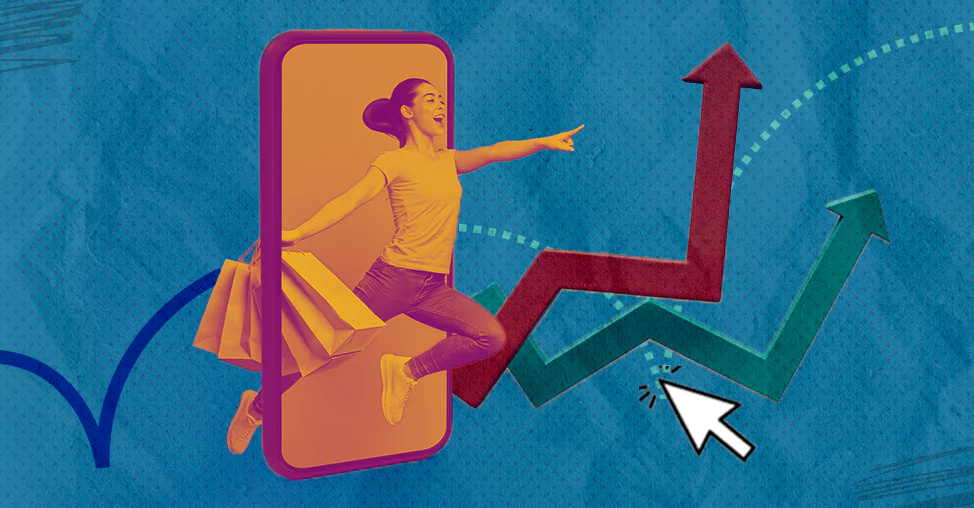
High bounce rates directly impact your ecommerce business in several ways:
- Lost Sales Opportunities: Each bounce represents a potential customer who didn’t convert. With average bounce rates around 47%, nearly half of your traffic might be leaving without taking any action.
- Reduced User Engagement: When visitors bounce quickly, they don’t explore your product pages, read customer reviews, or learn about your brand. This limits their connection to your business.
- SEO Impact: While bounce rate isn’t a direct Google ranking factor, it can indicate poor user experience or content mismatch, which search engines may interpret as low-quality pages.
- Wasted Marketing Budget: For paid traffic channels like Google Ads or social media, high bounce rates mean you’re paying for clicks that don’t convert into sales.
What Causes High Bounce Rates in E-commerce?
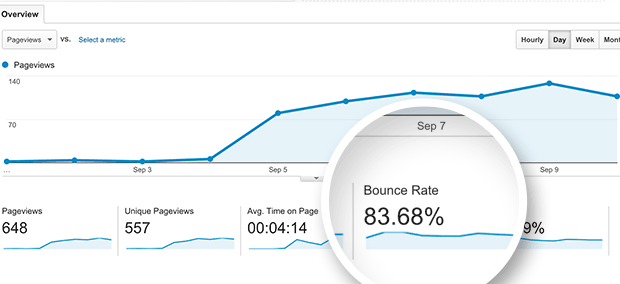
Understanding why visitors leave your e-commerce site helps you fix the problems and keep more customers engaged.
Poor Website Navigation
Complicated or confusing navigation annoys users. This makes them leave your site quickly.
When customers cannot find what they want, they bounce to other sites. This is especially true for mobile users. They need simple and easy navigation. Phone screens are small, so clear paths are important.
Irrelevant or Low-Quality Content
Content that doesn’t match visitor expectations causes immediate exits. This happens when:
- Product descriptions don’t match what customers saw in ads
- Search results bring visitors to irrelevant pages
- Content lacks the specific information customers need
Lack of Mobile Optimization
Mobile devices now generate over 50% of ecommerce traffic, but mobile bounce rates are typically 10-20% higher than desktop.
Poor mobile optimization includes:
- Slow loading times on mobile devices
- Text that’s hard to read on small screens
- Buttons that are difficult to tap
- Forms that don’t work properly on mobile
Confusing or Unappealing Design
Website design problems that increase bounce rates include:
- Cluttered layouts that overwhelm visitors
- Poor color schemes or hard-to-read fonts
- Missing or unclear calls-to-action
- Unprofessional appearance that reduces trust
Why Reduce the Bounce Rate?
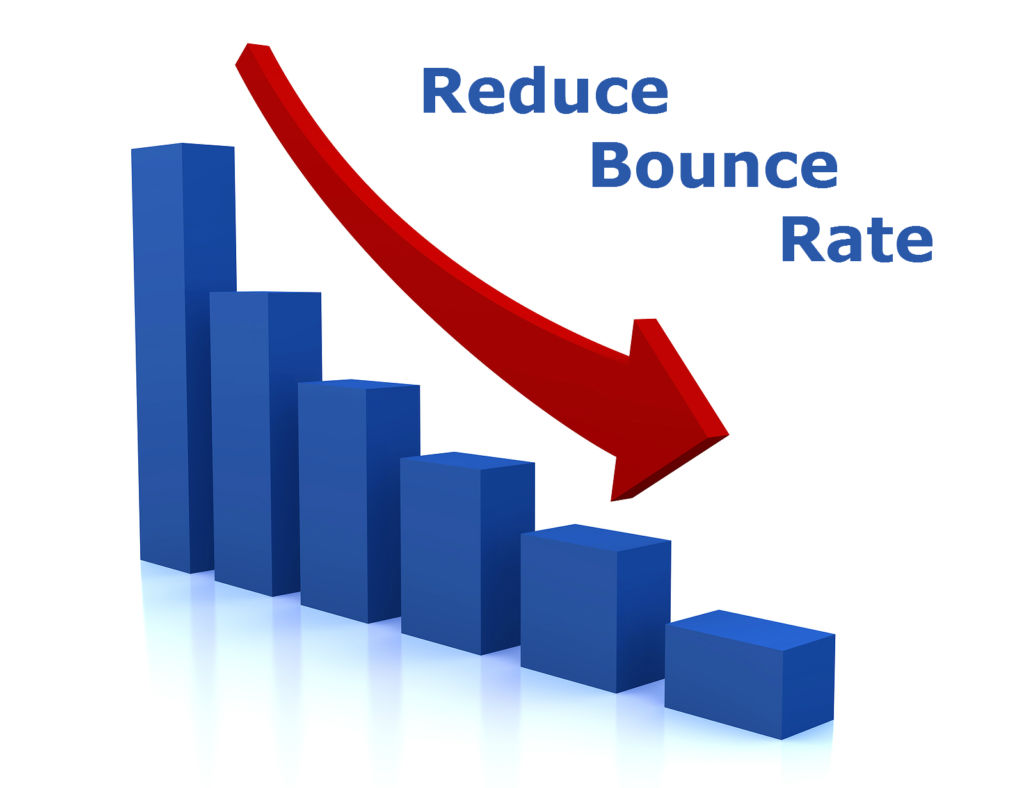
Reducing bounce rate creates multiple benefits for your ecommerce business:
- Higher Conversion Rates: Visitors who stay longer are more likely to make purchases. Each bounce represents lost revenue potential.
- Better User Experience: Lower bounce rates indicate customers find your site helpful and engaging, leading to higher satisfaction and repeat visits.
- Improved SEO Performance: While not a direct ranking factor, lower bounce rates often correlate with better search rankings since they indicate relevant, valuable content.
- Increased Customer Lifetime Value: Engaged visitors who explore your site are more likely to become repeat customers and brand advocates.
- Better Marketing ROI: When more visitors convert instead of bouncing, your marketing campaigns become more cost-effective.
How to Reduce the Bounce Rate of eCommerce in Your Website?
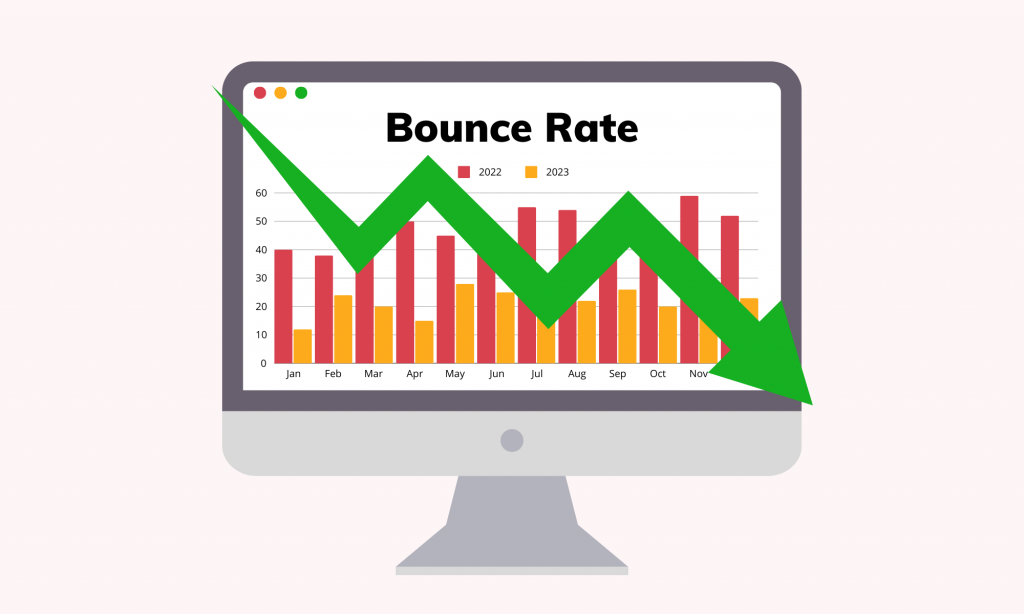
Here are proven strategies to keep visitors engaged and reduce your ecommerce bounce rate:
- Try to Understand Why Visitors Are Leaving So Early: You can use website tools to find out why people leave your site. Tools like Google Analytics help show which pages lose the most visitors. Heatmap tools show how users move around your pages. You can also use exit surveys. These surveys ask visitors why they are leaving your site.
- Design A Better User Experience: Make easy navigation so customers can find products fast. Use clear labels for categories. Have a strong search tool. Make the site structure logical and simple to follow. Keep the checkout process easy. Limit the fields needed to fill out. Offer many ways to pay.
- Make Sure Your Website is Responsive: You should make your site better for mobile users. Mobile users tend to leave sites quickly. Use a design that adjusts to different screen sizes. This will help people see your site well on phones and tablets. Make sure images load fast on mobile devices. Also, ensure buttons are big enough to tap easily. This will improve the user experience on mobile devices.
- Include A Clear Call-to-Action: Add clear calls-to-action that help visitors know what to do next. Place these CTAs in key spots on your pages. Put them above the fold, at the end of product details, and during checkout. Use strong words like “Add to Cart” or “Shop Now.” Avoid using dull phrases.
- Check the Readability of Your Text: Make your content easy to read and scan. Use short paragraphs and bullet points. Add subheadings and lots of white space. Pick clear fonts that are easy to read. Make sure the text stands out from the background colors.
- Build Some Landing Pages: Make landing pages for different traffic sources and customer groups. Your landing page content should match what visitors expect. This is based on the ads or links they clicked on. When you do this, it lowers the chances of a mismatch. Mismatch often leads to more users leaving quickly.
- Rethink Your Product Pages: You should improve product pages. Use clear images that look good. Write detailed descriptions for each item. Show customer reviews to help buyers. Make sure the prices are easy to see. Suggest related products to keep customers looking. Add trust signs like security badges and return rules to make shoppers feel safe.
- Do Some A/B Testing: You should test different parts of your page. This will help you find what works best for your audience. Try changing the headlines, button colors, and page layouts. You can also adjust how the content is arranged. It is important to track how each change affects the bounce rate. You should also watch how it impacts conversion rates. Use tools like Google Optimize to help with this process.
- Attract the Right Visitors: You should focus your marketing on getting the right people. These are the ones who care about your products. Use keywords that fit well in your SEO plan. Create ads that show clear and honest details about what you sell.
- Use Visuals to Captivate Quicker: Use fun images, videos, and graphics that grab attention right away. Good-quality product photos are very important. Lifestyle images and demo videos help visitors learn about your products. They also keep visitors interested for a longer time.
- Engage Your Audience With Videos: You should add videos that show how to use your products. You can also share reviews from happy customers. How-to content is useful too. Videos make visitors stay longer on your page. They help users understand your products better. This can lower the chance of them leaving quickly.
- Keep Your Blog Full Of Fresh Content: You should publish blog posts often. These posts should give value to your audience. New and useful content keeps visitors interested. It also helps show that your brand is an expert in your field.
- Plan Your Content Marketing Better: Make content that answers customer questions during the buying process. Use keyword research to learn what your audience looks for. Then, create content that fits what they want. This will help keep customers engaged and lower bounce rates.
- Optimize Your Internal Linking Structure: Use internal links to help visitors find related products and helpful content. This keeps them on your site for a longer time. It also helps them find more of what you have. You should link blog posts to relevant product pages. Also, make links between related product categories.
- Make the Last Effort Before They Leave: You can use exit popups to help keep visitors on your site. These popups can show discounts, free shipping, or useful content. They should appear when visitors are about to leave. Make sure to use them wisely. They should not feel annoyed or pushy.
Key Strategies to Reduce Bounce Rate
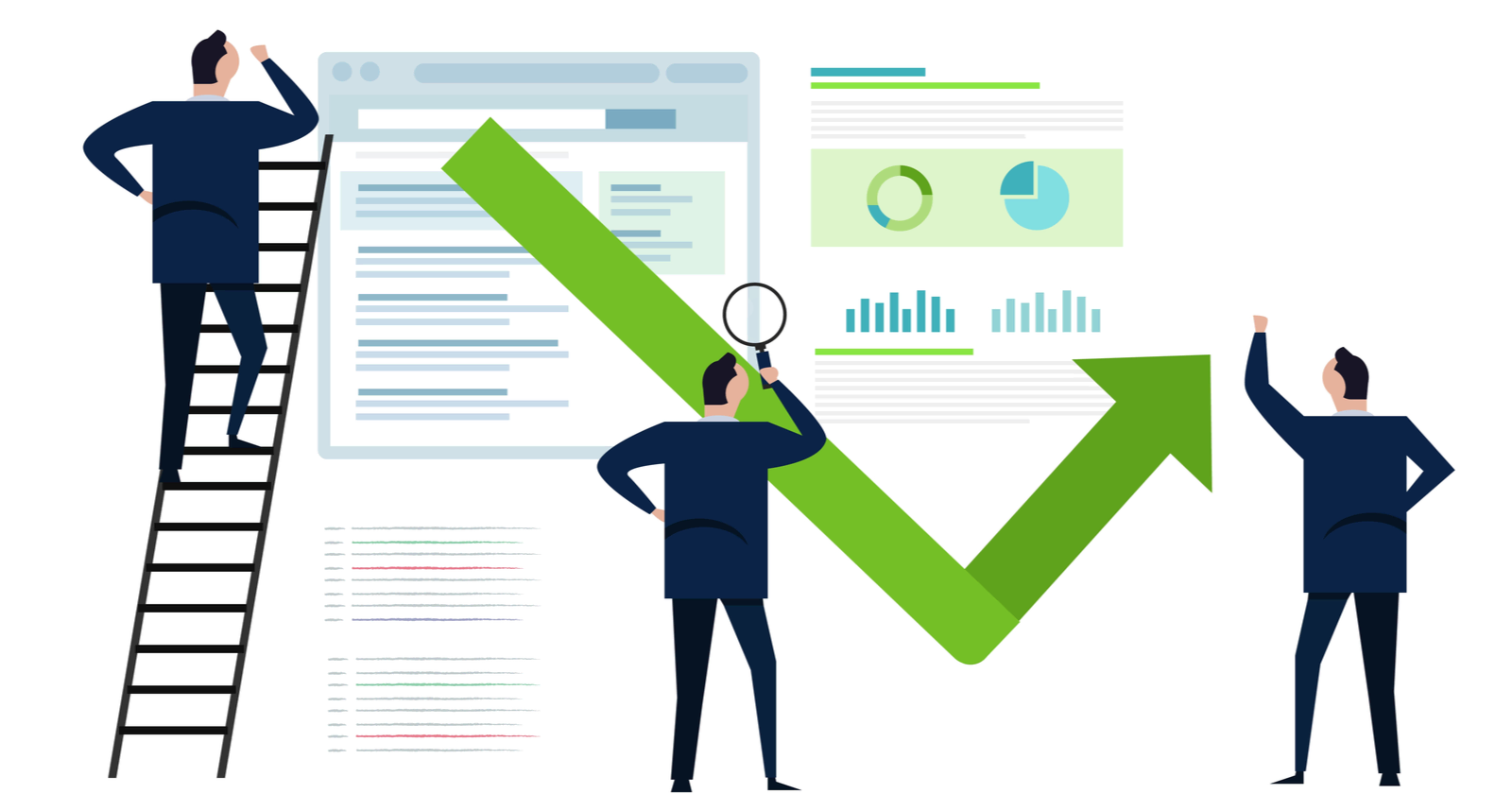
Focus on these core areas for maximum impact on your bounce rate:
Optimize Website Speed
Page load time has a massive impact on bounce rates. Sites that load in 2 seconds have bounce rates around 9%, while sites taking 5 seconds see bounce rates around 38%. For every second delay in load time, bounce rates can increase by over 100%.
Improve site speed by:
- Compressing images and using modern formats like WebP
- Enabling browser caching and using content delivery networks (CDNs)
- Minimizing HTTP requests and optimizing code
- Choosing faster web hosting providers
Ensure Mobile-Friendliness
With mobile traffic accounting for over half of ecommerce visits, mobile optimization is critical. Mobile bounce rates are typically 10-20% higher than desktop, making mobile user experience a priority.
Mobile optimization includes:
- Responsive design that works on all screen sizes
- Fast mobile loading times (under 3 seconds)
- Easy-to-use touch navigation
- Mobile-optimized checkout processes
Improve Navigation and User Experience
Clear, intuitive navigation helps visitors find what they need quickly. Poor navigation is one of the top causes of high bounce rates in ecommerce.
Navigation best practices:
- Use clear, descriptive menu labels
- Implement effective site search functionality
- Add breadcrumb navigation for easy orientation
- Create logical category structures
Use Clear Calls-to-Action (CTAs)
Strategic CTA placement and design significantly impact bounce rates. Well-designed CTAs guide visitors toward desired actions and keep them engaged.
CTA optimization tips:
- Place CTAs above the fold and at strategic points throughout pages
- Use specific, action-oriented language
- Make buttons large enough and visually distinct
- Test different colors, sizes, and copies
Display Credibility and Trust Signals
Trust signals help reduce uncertainty that causes visitors to leave. Ecommerce customers need confidence in your business before making purchases.
Trust-building elements:
- Customer reviews and ratings
- Security badges and SSL certificates
- Clear contact information and return policies
- Professional website design and branding
Bounce Rate and SEO

Understanding the relationship between bounce rate and search engine optimization helps you make informed decisions about your website strategy.
Does Bounce Rate SEO Affect Google Rankings?
Google has repeatedly stated that bounce rate is not a direct ranking factor.
John Mueller from Google explained: “There’s a bit of a misconception here that we’re looking at things like the analytics bounce rate when it comes to ranking websites, and that’s definitely not the case”.
Why Do Some SEOs Insist That Bounce Rate SEO Does Affect Rankings?
Many SEO professionals believe bounce rate indirectly affects rankings because:
- High bounce rates may indicate poor user experience
- Google values user satisfaction signals
- Correlations exist between low bounce rates and higher rankings
- Dwell time (related to bounce rate) might influence rankings
Why Doesn’t Google Rank According to Bounce Rate?
Google doesn’t use bounce rate directly because:
- Different site types naturally have different bounce rates
- Bounce rate doesn’t always indicate poor quality
- Google has other ways to measure user satisfaction
- Bounce rate can be misleading for certain content types
How Does Bounce Rate Relate to SEO?
While not a direct ranking factor, bounce rate connects to SEO through:
- User Experience: High bounce rates often indicate poor UX, which Google does care about
- Content Relevance: Bounces may suggest content doesn’t match search intent
- Technical Issues: High bounce rates can reveal site speed or mobile problems that do affect rankings
- Engagement Metrics: Google may consider other engagement signals that correlate with bounce rate
Practical Tips For Lowering Bounce Rate
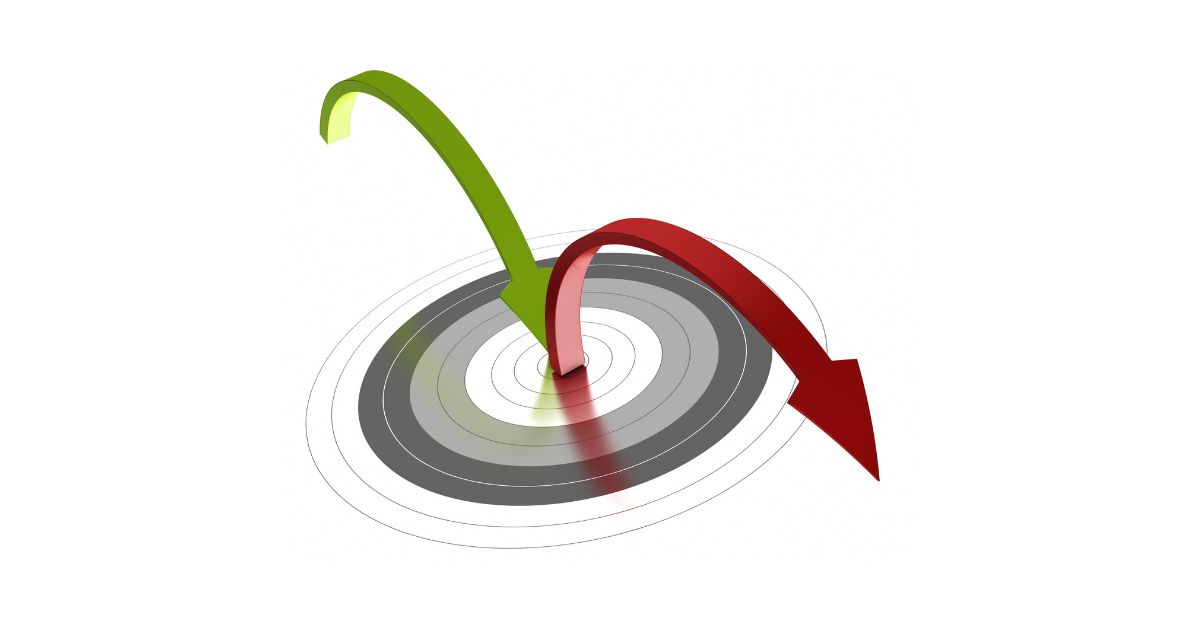
These specific tactics can help reduce bounce rates on your ecommerce site:
- Add Estimated Delivery Dates: Show clear delivery times on product pages. Make sure this is done during checkout too. When customers are unsure about shipping, they may leave. This can cause them to abandon their purchase. They might decide to shop somewhere else.
- Implement Virtual Try-On Features: For the right products, provide virtual tools to try on items. Include size guides to help with choices. Use product images that show details. These steps help buyers feel sure about what they buy.
- Use Visuals and Engaging Content: Use clear product images taken from different angles. Add lifestyle photos that show products being used. Include video demos as well. Good visual content helps keep visitors interested for a longer time. It also gives them the info they need to decide to buy.
- Personalize the Shopping Experience: Use customer data and browsing history to show product suggestions. When visitors see items that fit their needs, they are happier. Personalized experiences help them find what they want easily. This makes it more likely that they will keep looking at products.
Monitoring and Improving Your Results

Continuous monitoring and optimization are essential for maintaining low bounce rates:
Analyze Traffic Sources and User Behavior
Use Google Analytics to identify which traffic sources have the highest bounce rates. Examine user behavior patterns to understand how visitors interact with your site and where they typically exit.
Track metrics like:
- Bounce rate by traffic source (organic, paid, social, email)
- Page-level bounce rates to identify problem areas
- User flow patterns through your site
- Mobile vs. desktop performance differences
Test and Refine Your Strategies
Implement ongoing A/B testing to continuously improve your site performance. Test elements like:
- Page layouts and design elements
- CTA button colors, sizes, and placement
- Product page content and images
- Navigation menu structures
Use tools like Google Optimize, Optimizely, or other A/B testing platforms to run experiments and measure results.
Case Studies: E-commerce Brands That Lowered Their Bounce Rate
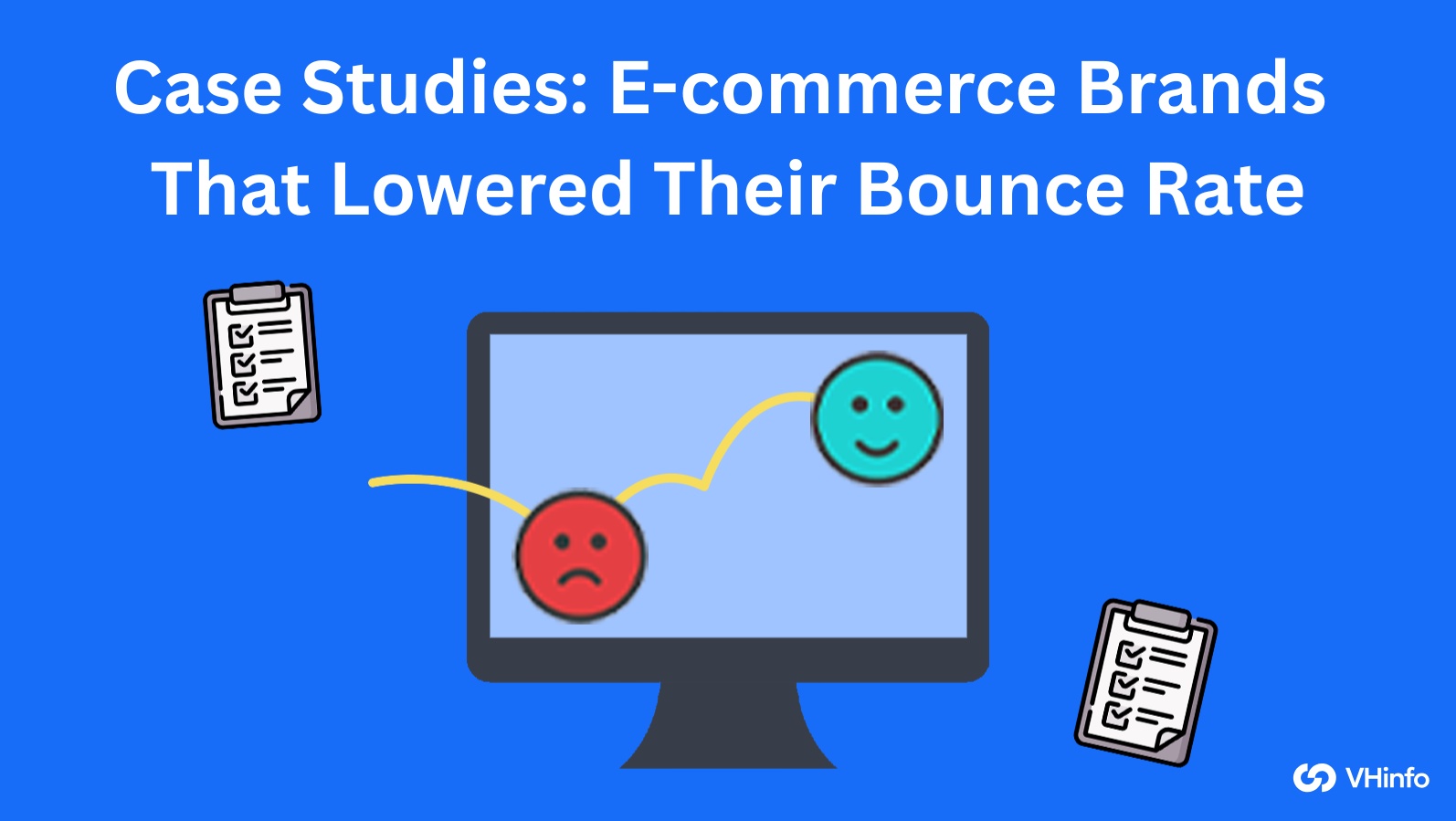
Real examples show how effective bounce rate optimization can be:
Glamnetic Reduces Bounce Rate by 77.48%

Beauty brand Glamnetic had problems with their website. These issues caused high bounce rates.
They also led to higher costs to gain new customers. To fix this, they used Nostra AI’s Edge Delivery Engine. This tool helped them cut their Time to First Byte (TTFB) by 72.52%. As a result, they saw a big drop of 77.48% in their bounce rate.
The optimization also resulted in:
- Improved site speed and user experience
- Better conversion rates on mobile devices
- Reduced customer acquisition costs
- Enhanced overall website performance
Sophie’s Shoppe

Sophie’s Shoppe implemented a comprehensive bounce rate reduction strategy focusing on mobile optimization and user experience improvements. Their approach included:
- Streamlining navigation for mobile users
- Improving page load speeds
- Adding clear calls-to-action throughout the site
- Implementing exit-intent popups with relevant offers
While specific numbers weren’t provided, they reported significant improvements in both bounce rate and conversion rates after implementing these changes.
FAQ’s:
What is Considered A Good Bounce Rate For E-commerce?
A good bounce rate for ecommerce sites is between 20% and 45%. A rate below 35% is great.
Rates above 50% often show a need for change. The best bounce rate can differ based on a few things. These include the type of industry and product. They also include traffic sources, like organic or paid ads. The type of page, such as homepage or product pages, matters too.
Lastly, the device used, like a mobile or desktop, can affect the bounce rate.
Can Improving Bounce Rate Help Increase Sales Conversions?
Yes, reducing bounce rate can help boost conversion rates.
When visitors stay on your site longer, good things happen. They are more likely to explore many products. They will read customer reviews and product details. They may add items to their cart. They are also more likely to complete purchases.
This can help them become repeat customers.
How Often Should I Review My Site’s Bounce Rate?
You should check your bounce rate every week or month. This depends on how much traffic you get. It is good to set up reports that run automatically in Google Analytics. These reports help you see trends over time.
Focus on some key areas. Look out for changes in customer behavior during different seasons. Also, note the effects of your marketing campaigns. Be aware of new page launches or updates to your site. Finally, compare how mobile and desktop users perform differently.
Are There Tools to Help Decrease Bounce Rate Effectively?
Several tools can help reduce bounce rate:
- Analytics Tools: Google Analytics, Adobe Analytics for tracking and analysis
- Heat mapping: Hotjar, Crazy Egg for understanding user behavior
- A/B Testing: Google Optimize, Optimizely for testing improvements
- Speed Testing: Google PageSpeed Insights, GTmetrix for performance optimization
- User Feedback: Exit surveys, feedback widgets for direct customer insights
Conclusion
To reduce bounce rate for ecommerce sites, you need a complete plan. This plan should focus on user experience and site speed. It should also ensure that visitors find value when they arrive. The average bounce rate for ecommerce is 45-47%.
This number can be a guide, but aim for better results over time. Key ways to succeed include making your site fast and mobile-friendly. You should also improve navigation and use clear calls-to-action. Building trust with your visitors is very important too.
Keep in mind that lowering bounce rates takes time. It needs regular checks, tests, and updates.
At VH Info, we know that getting good traffic to your ecommerce site is just the start.
Turning that traffic into sales needs both tech fixes and better user experience. The tips in this guide will help you make a more engaging website. A good site keeps visitors interested and helps them buy products.
Start by finding the main reasons for high bounce rates using analytics tools. Then, slowly put solutions into place. Test what you change, check how it works, and keep improving to grow your ecommerce business into one that makes visitors loyal customers.
